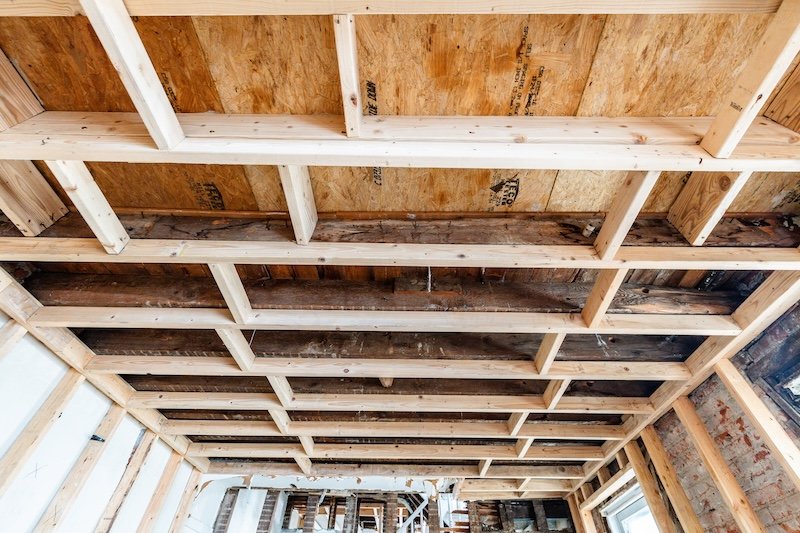The Tilde Project: Architectural Embodiment
Kristin Leslie's Tilde project defies conventional artistic categorization, functioning simultaneously as sculptural intervention, artistic sanctuary, and embodied social choreography. This exemplar of contemporary spatial practice invites us to reconsider not only how we occupy space, but how space occupies us. The Tilde building engages directly with Philadelphia's architectural vernacular while subverting utilitarian expectations. Through strategic deployment of soft sculptural forms and tactile materiality, Leslie creates a phenomenological environment that activates the visitor's somatic experience and an architectural embrace offering both protection and possibility. To enter Tilde is to be held, wrapped in a gesture of healing and vulnerability that makes space for both self and others.
Conceptualizing the building as both womb and node, Leslie situates her work within critical dialogues of feminist spatial politics and ethics of care. Tilde unfolds as a choreography of movement, making, and maintenance, a durational act speaking to the porous boundary between private and public space. This duality reveals Leslie's sophisticated understanding of site-specificity and her commitment to creating environments where art is experienced as a living presence. Leslie's insistence on slowness and intimate scale presents a methodological counterpoint to rapid urban transformation.
The project functions as both aesthetic proposition and political gesture. Holding space that articulates resistance through presence and care. By claiming architectural transformation as artistic expression, Leslie extends the dialogue between artist and environment, positioning her work within significant contemporary feminist art traditions that echo figures like Judy Chicago and Ann Hamilton while establishing her distinctive voice in reconsideration of space, materiality, and embodiment.
— Natalia Ivanova, Art Curator
































